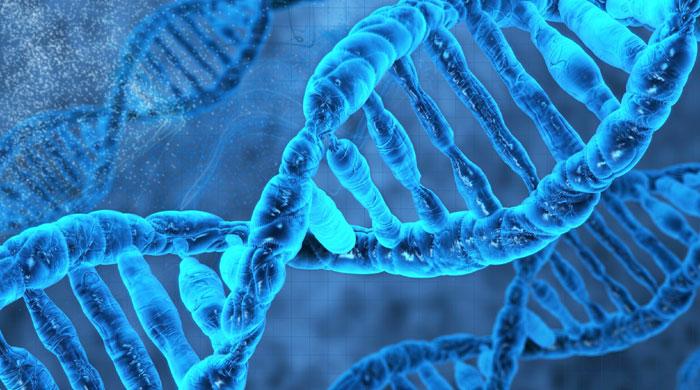DNA “tape recorder” can trace the history of every cell in an organism
This technique could be a breakthrough in understanding how millions of cells in a body all descend from a single egg.
May 30, 2016

Researchers have developed a DNA “tape recorder” that has the ability to trace the family history of every cell.
This technique could be a breakthrough in understanding how millions of cells in a body all descend from a single egg.
"It has the potential to provide profound insights into how normal, diseased or damaged tissues are constructed and maintained," a UK biologist told the BBC.
The human body is said to have 40 million cells and each has a highly specialized function. Every one of these cells can be traced back to a single source – the fertilized egg.
Developmental biology deals with the unraveling of genetic codes at the end of each cell division cycle. How the cells all come from one place and then divide and attain their specific functions. Before the invention of this tape recorder, most of this study was conducted by inference as opposed to a call by cell study.
While speaking to the BBC, Jay Shendure, lead researcher on the new scientific paper said, “I actually started working on this problem as a graduate student in 2000.”
"Could we find a way to record these relationships between cells in some compact form we could later read out in adult organisms?" added Shendure.
The project had failed initially as there was no way to record the events in a cell’s history. That changed with recent developments in CRISPR gene editing, a technique that allows researchers to make more precise alterations to the DNA in living organisms.
Professor Shendure’s team at the University of Seattle in Washington has developed this molecular tape recorder that is essentially a length of DNA inserted into the genome that contains a series of edit points which can be altered throughout an organism’s life.
Developmental biologist James Briscoe of the Crick Institute, in London, UK, calls it "a creative and exciting use" of the CRISPR technique. "It uniquely and indelibly marks cells with a 'bar-code' that is inherited in the DNA. This means you can use the bar-code to trace all the progeny of bar-coded cells," he said.
Proffesor Jay Shendure worked with molecular biologist Alex Schier from the Harvard University to prove this technique on a zebrafish.
In addition to a demonstration of the technique they were also able to trace the lineage of a multitude of cells in mature fish.
"We can look at individual organs - say the left eye or the right eye, or the gills or the heart," Prof Shendure explained in an interview with the BBC's Science in Action radio programme, "and the real surprise was that in every organ we looked at, the majority of the organ came from just a handful of progenitor cells."
"Our technique can be used to follow these lineages during cancer formation - to tell us the relationships of cells within a tumor, and between the original tumor and secondary tumors formed by metastasis." Said Alex Schier.









